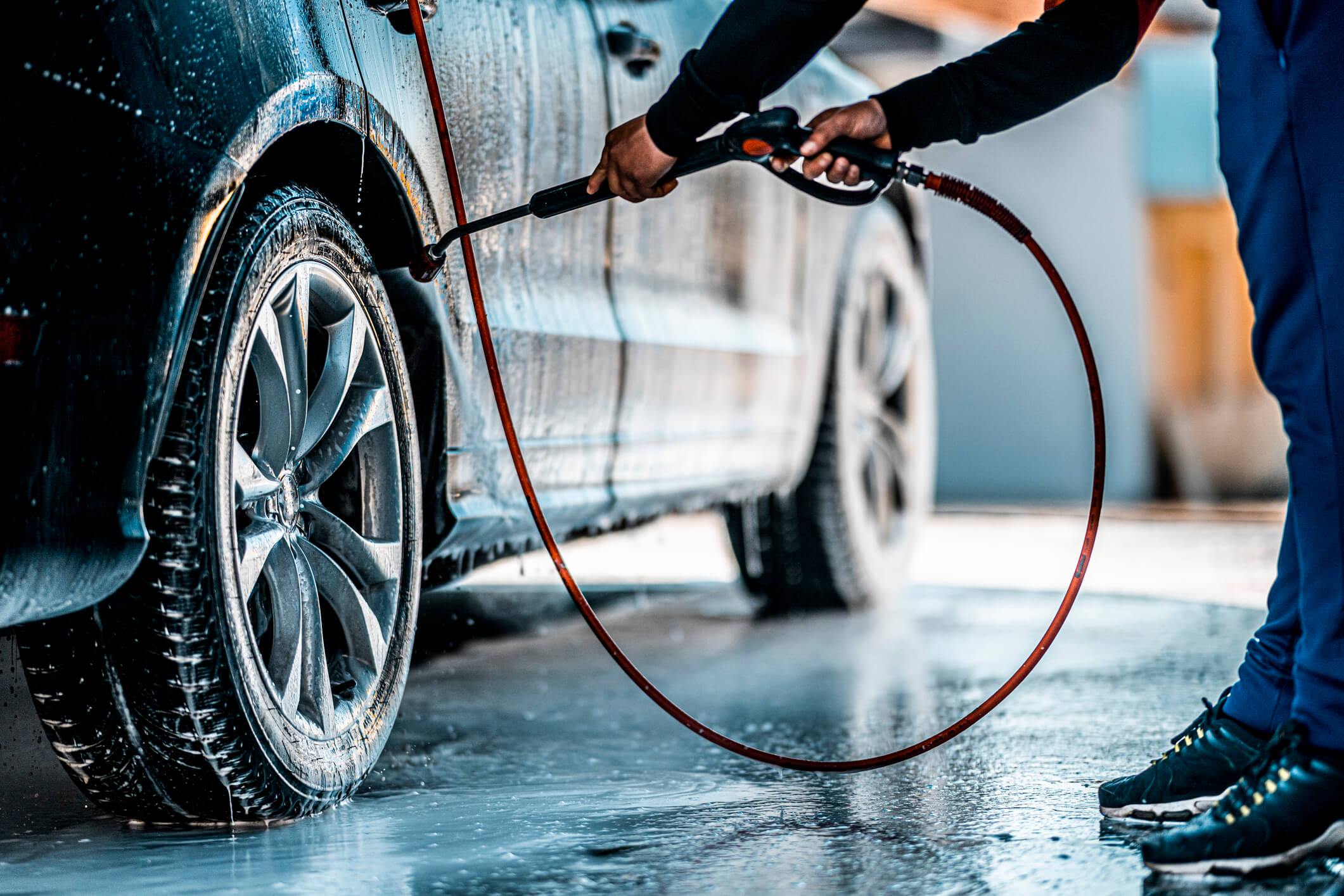Get Your Vehicle Spring-Ready in 7 Steps

With the warmer months right around the corner, our spring-cleaning list usually includes tasks like decluttering closets, storing away snow supplies, and even organizing finances for the year. One task that should not go overlooked is keeping your vehicle up to date with the season! Getting your vehicle in tip-top shape can save you money down the road and can protect you and your family from preventable hazards.
The outside of your vehicle will show the most noticeable effects of the winter months. Most of your vehicle’s mechanical work will need the help from a professional, but you can easily do your surface level cleaning yourself, like removing unnecessary items and trash, as well as shampooing and vacuuming the seats and floors.
Additional repairs and updates your vehicle may need include:
Washing Your Vehicle
The most noticeable effects of winter will be on the exterior of your vehicle, where salt and dirt build up. This can cause corrosion to the doors and undercarriage if left untreated. Washing away buildup can help fight off damage. The best time to wash your vehicle is when temperatures are above 49 degrees Fahrenheit. Do NOT wipe off salt as this can scratch your vehicle’s paint. If you start noticing rust, it’s time to take your vehicle to a professional to avoid additional damage.
Windshield Wipers
To avoid hazardous driving, replace your windshield wiper blades every spring and fall to keep your windshield clean and clear during inclement weather. Cracks or tears in the blades as well as streaking on your windshield can also be a sign that the blades need to be replaced.
Oil and Fluids
It’s important to keep the fluids and oils of your vehicle at appropriate levels. You can easily replace your windshield washer fluid and coolant at home, but many drivers will leave the engine oil, brake, power steering, and transmission fluid changes to the professionals.
Tires and Suspension
Winter storms can wreak havoc on road conditions, which can cause your vehicle’s tires, alignment, and suspension to be thrown out of order as well.
Tire pressure will usually decrease throughout the winter months, so be proactive and check your pressure regularly and add air as needed. You can find the recommended pressure in your vehicle’s owner’s manual or on the driver side door.
It’s also important to check that your tires are wearing evenly and that the tread depth is at its manufacturer-recommended depth. You can also ask a professional to check your tire pressure and treads when going in for additional vehicle maintenance.
If you notice your vehicle pulls towards one direction while driving, it’s time to visit a professional for realignment. It is also a general rule of thumb to have your tires rotated every 5,000-7,000 miles to avoid tires wearing down unevenly.
Brakes
Winter can also wear down your vehicle’s brakes, which can leave you in extremely unsafe driving conditions if left untreated. The easiest way to know if you need to see a mechanic is to listen for squeaking and other high-pitched sounds when breaking. This can indicate your brakes are worn down. Having your breaks checked frequently is simplest way to avoid these issues.
Hoses and Belts
Your vehicle, if not kept in a garage, is constantly exposed to cold and freezing temperatures during the winter months. These temperatures can cause your vehicle’s hoses and belts to break down and become weak, so they need replacing after harsh winters.
Battery
Your vehicle’s battery can also be affected by the cold as low temperatures can cause your battery to work harder. Having your battery tested during routine maintenance is essential to knowing if it may need to be replaced.
Air Filters and Conditioning
Before the hot summer temperatures begin, spring is the best time to check that your air conditioner is fully operational. Leaving the air conditioner running for 15 minutes is an easy way to test this. You should also check and replace your cabin air filters, especially if your car starts to smell funny. This replacement can be done at home or by a professional during other vehicle maintenance.
Getting into the habit of seasonal vehicle maintenance can extend the life, value, and performance of the vehicle. But most importantly, it can help keep you and your passengers safe on the road ahead.

